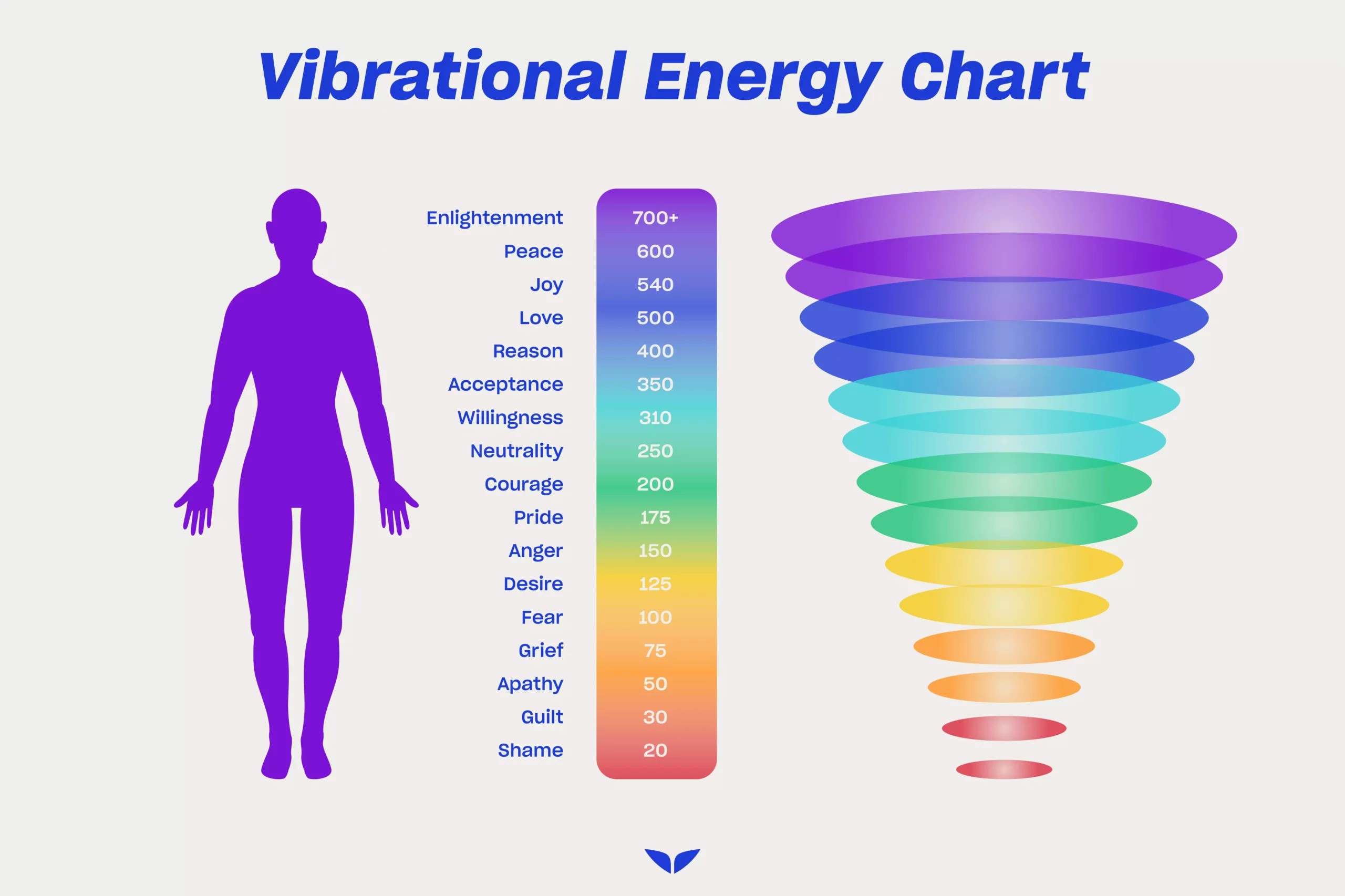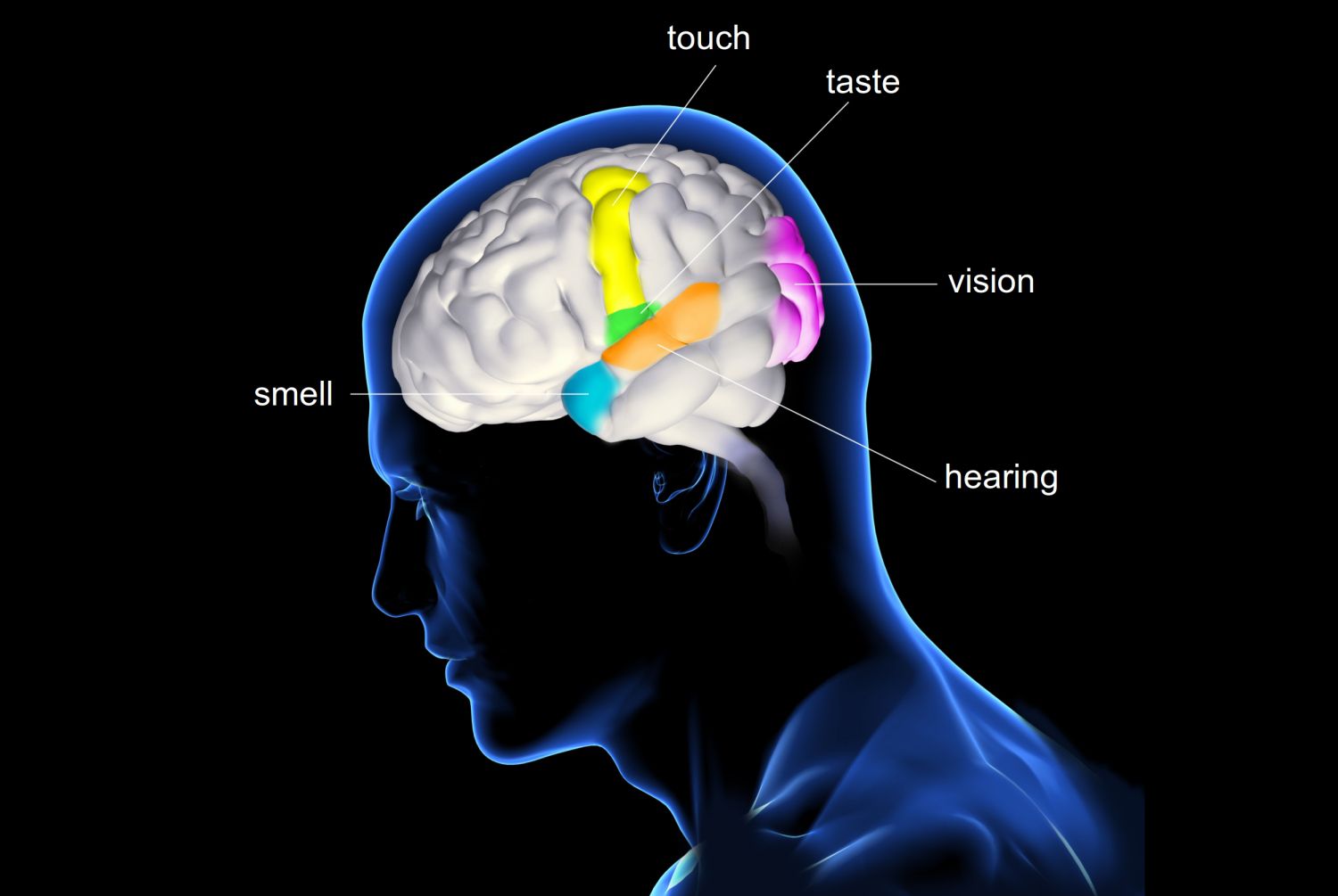How To Do Chakra Meditation For Beginners
Chakras, as they are known in Hinduism, are part of the body's interconnected energy system. The term chakra refers to one of seven places inside this energy system. It literally means "wheel" in Sanskrit.
Each energy point spins and vibrates with energy like a wheel. Your chakras will be more balanced if the frequency of vibration is higher.
Chakra meditation is a Hindu tradition that dates back thousands of years. Between 1500 and 500 BCE, the chakras were originally referenced in the Vedas (old Hindu scriptures).
The chakras are considered to be fashioned like lotus flowers with numerous petals, according to the Vedas. The petals, in turn, are linked to distinct chakra sounds, which contain the Sanskrit language's unique alphabet sounds (phonemes).
The chakras open up when there is vibration among the petals. Your chakras will be more aligned as the frequency rises.
Each of the seven chakras corresponds to a certain location on the spine. The chakras are called as follows:
1. Root Chakra
Position: At the base of the spine/pelvic floor
Associated with: Security, safety, health, and vitality of your physical body
Balanced: You feel safe and function in this world.
Imbalanced: Feeling abandoned, depressed, anxious, and addictions
Color: Red
2. Sacral Chakra
Position: Lower abdomen, around 5 centimeters below your belly button
Associated with: The seat of all your creativity, feelings, sexuality, and sensuality
Balanced: The ultimate union of body, soul, and the divine occurs.
Imbalanced: Eating disorders, low self-esteem, addictions, no sex drive, and dependency issues
Color: Orange
3. Solar Plexus Chakra
Position: Your abdomen, above your belly button
Associated with: Holding your will and your power to create in this world
Balanced: You have inner strength, strong instincts, and gut feelings.
Imbalanced: Poor memory and concentration or stress
Color: Yellow
4. Heart Chakra
Associated with: The seat of your beautiful soul
Balanced: You bring forth the essence of your spirit into existence. Love is all we are. It’s in our inherent nature. Love holds the source of divine wisdom.
Imbalanced: We lose sight of beauty, empathy, love, and compassion for others and ourselves.
Color: Green
3. Throat Chakra
Associated with: Your power of self-expression and creativity
Balanced: You express and share your truth and inspiration.
Imbalanced: A sore throat, nervousness, irritated sinuses, thyroid problems, teeth and gum problems, TMJ, jaw pain
Color: Blue
6. Third Eye Chakra
Position: Between your eyes
Associated with: Allowing you to see both inside yourself and beyond yourself
Balanced: Awareness and a truthful vision, which comes from universal knowing
Imbalanced: Headaches, migraines, nightmares or eye problems
Color: Indigo
7. Crown Chakra
Position: Top of the head
Associated with: Your most direct connection to divine oneness/all that is
Balanced: You commune with divine oneness and receive an understanding of who you are and the mystery of the universe.
Imbalanced: Depression or a loss of faith
Color: Violet
How To Do Chakra Meditation For Beginners

Step 1: You should be aware of your chakras. Chakras are like spinning discs that sit horizontally in your body. Because they correspond to various glands and hormones, some traditions claim that there are more than seven Chakras in total, based on the number of glands in the human body. Each Chakra has so many characteristics that they can't all be stated here, but here's a quick rundown:
- Root Chakra (gonads, adrenal medulla): anus, red. Survival, instinct, stability.
- Sacral Chakra (ovaries, testes): genitalia, orange. Sexuality, creativity.
- Solar plexus Chakra (Langerhans-islets, adrenal glands): navel, yellow. Personality, power, wisdom.
- Heart Chakra (thymus gland): heart region, green. Love, compassion, healing.
- Throat Chakra (thyroid gland): throat, blue. Communication, inspiration.
- Third-Eye Chakra (pineal gland): forehead, indigo blue. Perception, intuition, willpower.
- Crown Chakra (pituitary gland): on top of the head, purple. Consciousness, spirituality.
Step 2: Select the appropriate setting. Make yourself at home in a room or somewhere outside where you may be alone and hear nothing (aside from natural sounds). To avoid being disturbed, turn off your phone and doorbell. Check to see if your clothing is excessively tight or scratchy. Close your eyes and focus solely on your body.
Step 3: Relax. Some experts advocate standing during this meditation, but you can also sit on a cushion or lie down on a blanket. Relax your muscles by taking calm, deep breaths.
Step 4: From the bottom to the top, go through the chakras. This is required in order to discover which chakra is blocked or otherwise not functioning properly. Some concerns can be linked to distinct chakras, which can be visible at times. Always begin with the root chakra and work your way up to the crown chakra, as this will take you from the most "basic" aspect of your body (survival) to the most advanced (consciousness).
Step 5: Each chakra should be re-energized. Assume that the chakras are discs or lotus flowers. Inhale deeply and imagine light entering into the chakra, filling it with energy. Exhale and visualize all of your stress leaving the chakra. If required, repeat the process before moving on to the next chakra.
Step 6: Chakras must be in balance. In its most basic form, chakra alignment entails getting all of the chakras to rotate in the same direction. A chakra that stops spinning or spins in the wrong direction could be linked to physical illnesses or lying. Meditation and visualization of the chakra spinning clockwise, correcting the flow through your body, is one approach to re-align it.
Step 7: Slowly make your way back. Continue taking deep breaths after activating the crown chakra. Slowly open your eyes and resume your normal routine.
Tips: How To Do Chakra Meditation For Beginners
- Remember that being more attuned to your body's flowing energy takes time. Patience is key, as is regular practice.
- You can also envision the color of each chakra and see if it is vivid. If it isn't, repeat the inhale-exhale-visualization process described above.
- There are YouTube videos and applications that provide instructions, relaxing imagery, and instrumental music to assist you meditate.
- Burning incense or incense sticks (sandalwood, frankincense, and white sage are traditionally advised) or using essential oils can help you feel better. These drugs may be linked to a specific chakra and can help you unblock or align it.
- Begin with focusing on all of the chakras, and as you gain experience, you can move on to meditating on a single chakra.
After a few effective meditation sessions, you should notice that you're becoming more sensitive to the energy flowing through your chakras. You'll begin to associate specific chakras with your emotions and physical state. You might want to start focusing your sessions on specific chakras now.
Do not force this process; as you gain experience, your concentration should naturally travel to the chakras that need to be balanced as you meditate. There are a variety of specialized positions, breathing exercises, mantras, and mudras (hand gestures) to assist you to focus on specific chakras.
This introduction to chakra meditation should have been helpful. You should now have enough information to attempt simple meditation.



